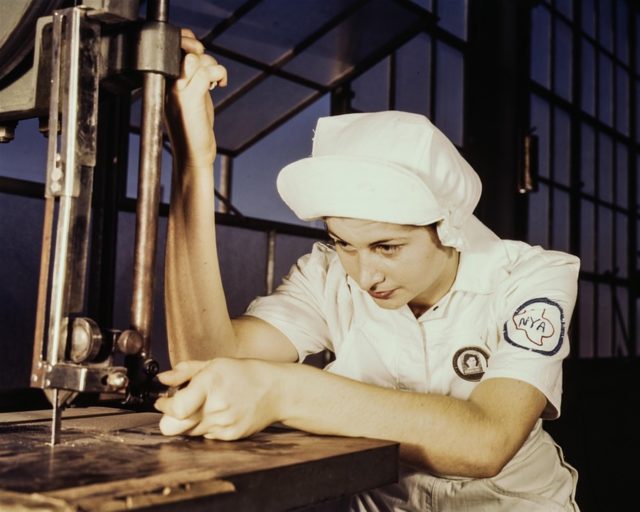The equipment you use in your business is a vital part of your operations. But are you making the most out of it? Below we go over some tips on improving productivity and efficiency with proper equipment inventory management.
- Take Stock of What You Have

Do you know what exactly you have in your equipment inventory? You may be well aware of your most valuable pieces of equipment, but do you know the combined value of everything you own? The value of all your equipment may be higher than you expect. You should have an updated overview of all your assets that includes the value, capabilities, and location.
- How Is the Equipment Used?
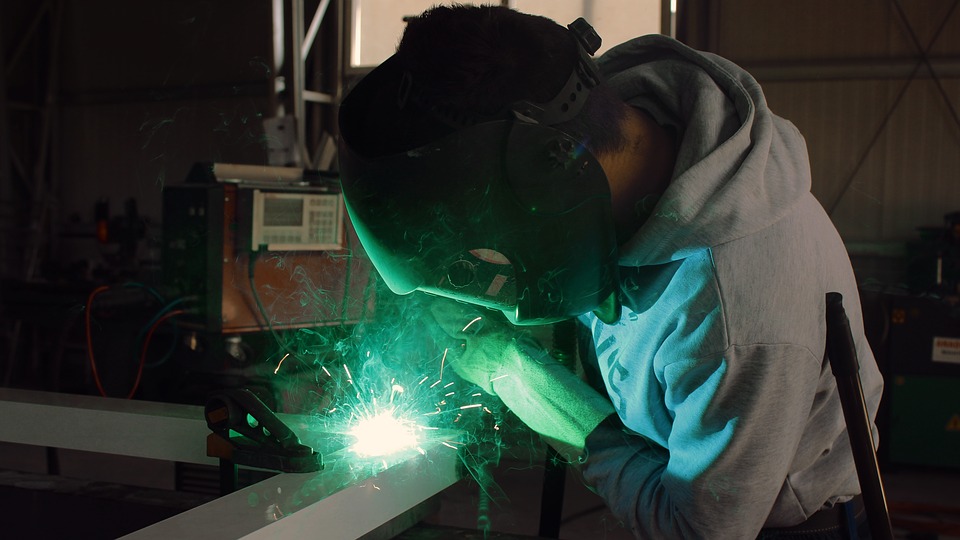
You need to establish exactly how equipment is used. In this regard, you need to establish who uses the equipment, how often they use it, and when and where it is used. Doing this will enable you to make informed equipment strategy decisions.
- Right Asset, Right Time, Right Place

Do you have multiple locations? How do you divide your equipment between them? While it would probably make sense to divide the equipment equally between your locations, the demand may not be the same for every location. You need to deploy your equipment where it is needed most to avoid redundancy.
- Make Smarter Purchases
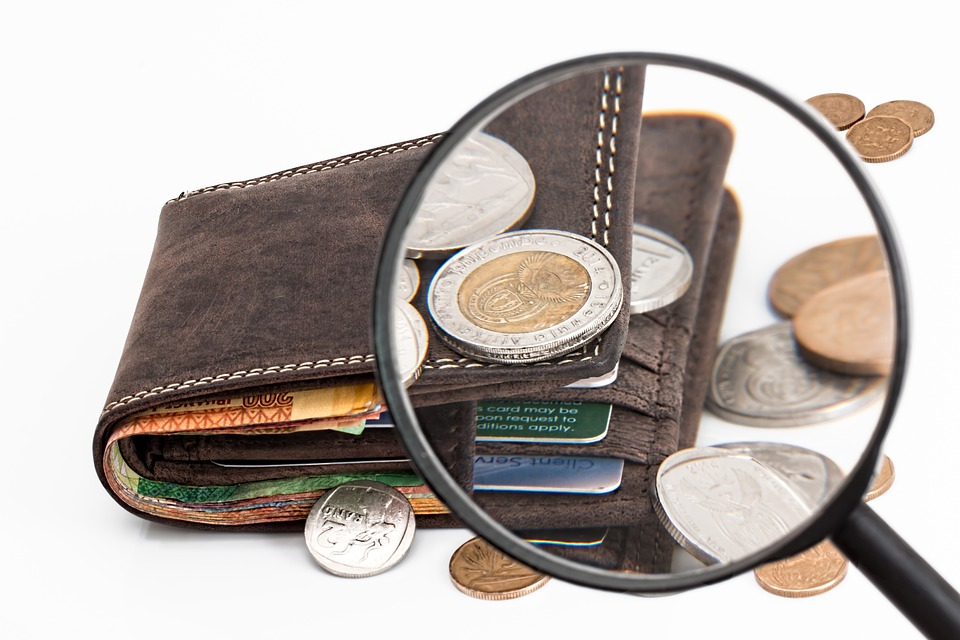
Ensure that the right equipment is available at the right time. One way to do this would be to buy more of every piece of equipment. However, this would result in a lot of wastage since some of the extra pieces of equipment would be lying idle in storage. For this reason, you should prioritize spending on equipment based on the 3 points above. This way, you will get the most bang for your buck.
- Be Proactive with Maintenance

It is better to spend time on regular maintenance rather than having to repair your assets once in a while. Equipment has the tendency of breaking down at the worst possible time. For this reason, you need to plan your maintenance ahead of time. The equipment that is most frequently used should be maintained more often than the equipment used only once in a while. Some of your equipment will also require regular calibration for accurate readings. Avoid following a fixed maintenance schedule for all equipment. Instead, prioritize based on usage.
- Sort Out Underlying Issues
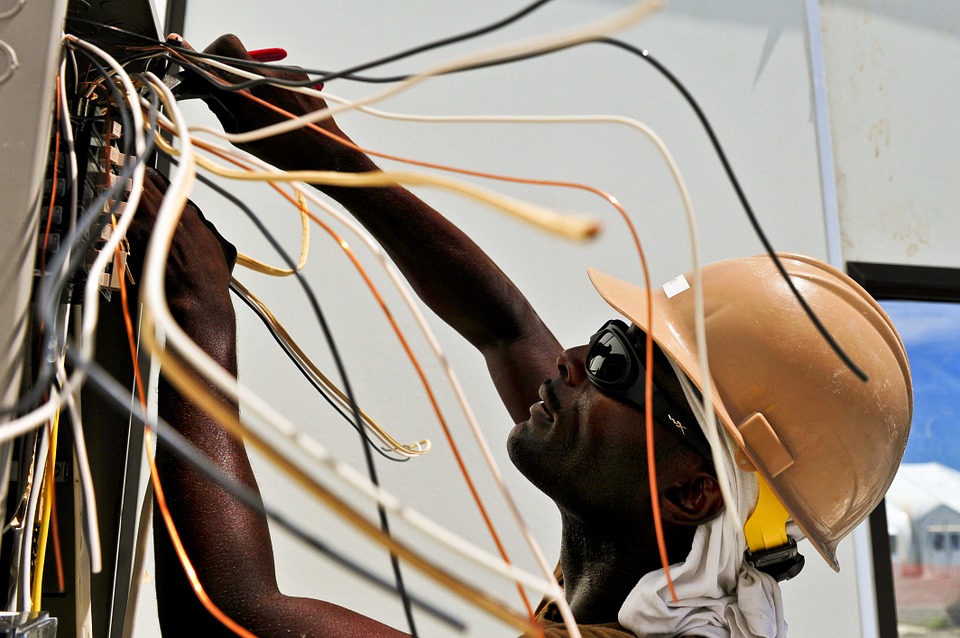
Sometimes equipment breaks down repeatedly due to underlying issues such as broken power outlets, employees who are not properly trained, or negligence. If equipment keeps breaking down, then you might want to sort out these issues instead of scratching the surface by fixing the machine itself. Ignoring the underlying issues will keep you in a costly loop that might never end even after purchasing new equipment.
- Do Not Skimp on Quality
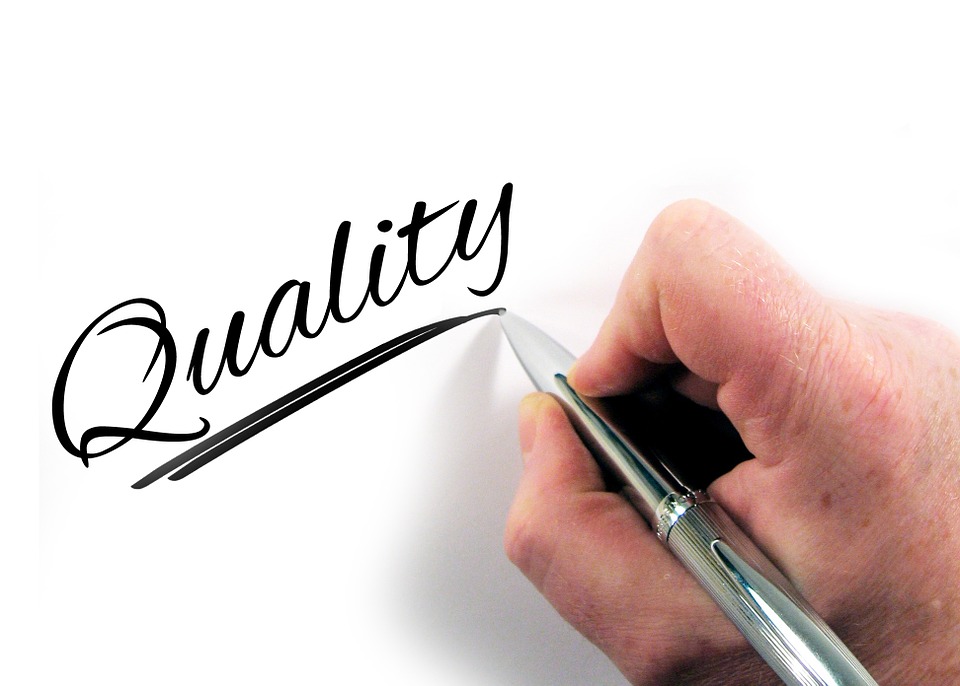
When purchasing machinery, either as a replacement or an upgrade, you need to go for the best quality you can afford. Go for brands with the least issues. You might want to talk to the employees who use the machines most often to get an idea of what to look out for.

